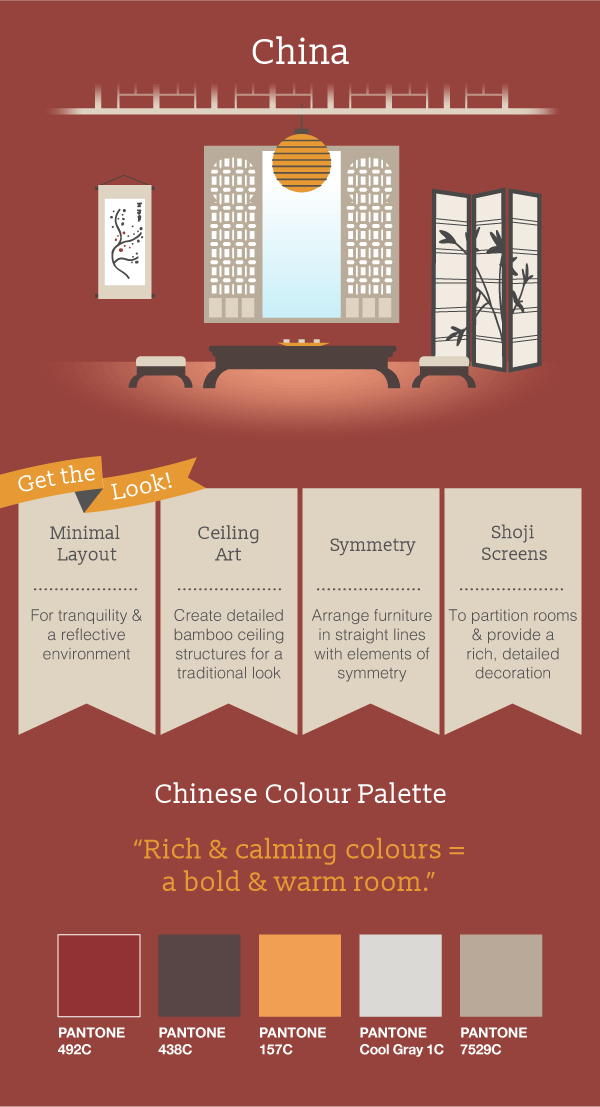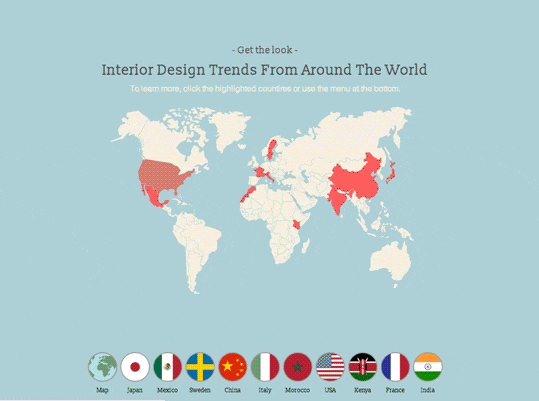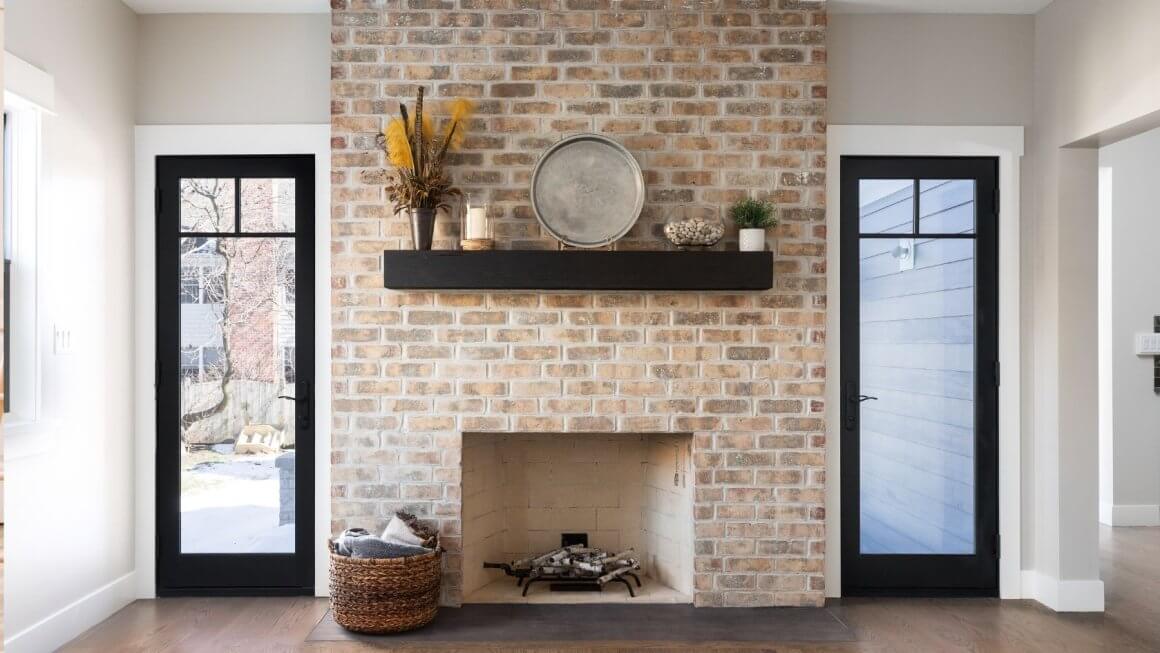Chinese interior design is exotic, rich and vibrant. Elements of Chinese interior design can be found in the western Art Nouveau and Art Deco movements, and also in many contemporary designs.
The Signature Look
Low ceilings with woven bamboo are a common feature of Asian homes. Chinese interiors tend to be bold and stunning, fusing black with glossy lacquer, red and gold, and featuring ornate decorations. Traditional, rustic Chinese designs are incredibly luxurious looking, and many designers have successfully updated the look, using the same colours with traditional Chinese hanging lighting but more modern furnishings and less emphasis on ornamentation.
The History of Chinese Interior Design
The Chinese have a long history of ornate design and decorations. Historically, Chinese and Japanese architecture and design had some similarities, but around the time of the Han dynasty, Chinese design began to deviate from Japanese design, and today the two country’s designs are vastly different.
Modern Chinese design retains many inspirations from the Tang Dynasty and other historical periods, but adds a stylized twist. For example Banmoo’s contemporary furniture fuses modern creativity and style with traditional Oriental aesthetics.
Famous Interior Designers
One of the most popular Chinese interior designers of the modern era is Tianyu Xiao of Tainyu Design. This young and talented designer actually studied at the University of Gothenburg, Sweden, and brings some European flair to his work, however it is still unquestionably Chinese, and merges traditional Chinese culture and ethos with modern aesthetics to create attractive, functional designs.
Another popular modern designer is Yao Yejun, founder of Studio Mushitiangong. Yejun was a graduate of the Shanghai Institute of Visual art. He specialises in working with natural materials and uses native handicraft techniques. His designs draw inspiration from nature (such as the Lotus Flower), and traditional Chinese architecture. There is a lot of symbolism in his work, and his contemporary furniture would fit almost any room, whether you are aiming for a Chinese look or something more Western.
Tips to Get the Look
Chinese interior design is characterised by detailed bamboo ceilings and a minimalistic layout.
Ideally, the furniture in your room should be arranged in straight lines, with symmetry whenever possible. If you are lucky enough to have a large room, use Shoji screens to partition the room and add some detail to it. If you can’t get hold of a Shoji screen, partition spaces with internal french doors or internal bifold doors.
The Chinese place a lot of emphasis on lighting – while natural light is a good thing for any interior, use hanging lanterns to add an oriental flair.
The Chinese colour palette is incredibly distinctive. Reds and lacquered blacks should form the core of your interior’s colour scheme, with accents in gold, grey and muted clay colours.
Add Asian style cushions and rugs for detail, and consider using patterned tatami to liven up the floor.
When you are designing your Chinese interior, it is important that you research the designs carefully. It is easy to confuse Chinese and Japanese design elements, and while the two countries have many similarities, mixing and matching them will detract from the authenticity of your design and could leave you with a confused-looking, cluttered room.
International Interior Design
If you have been following our series of International Interior Design posts, you may have already seen the full World Home Décor Infographic and interactive international interior design tool. If not, make sure you take a look!








